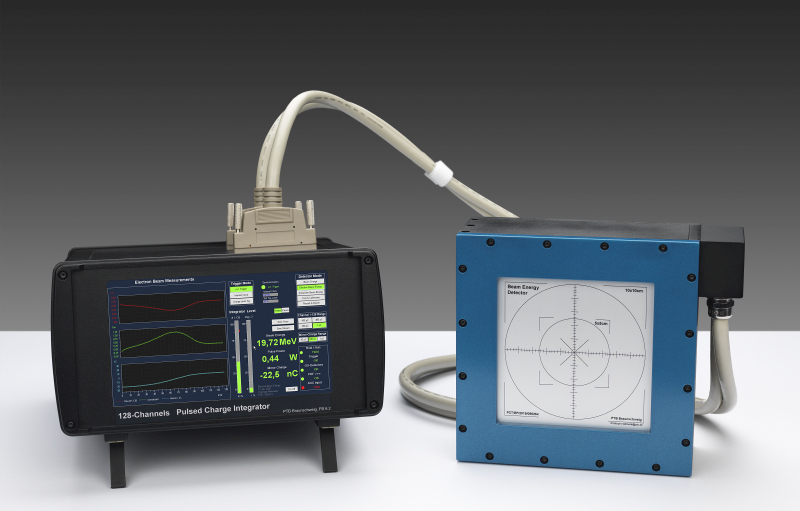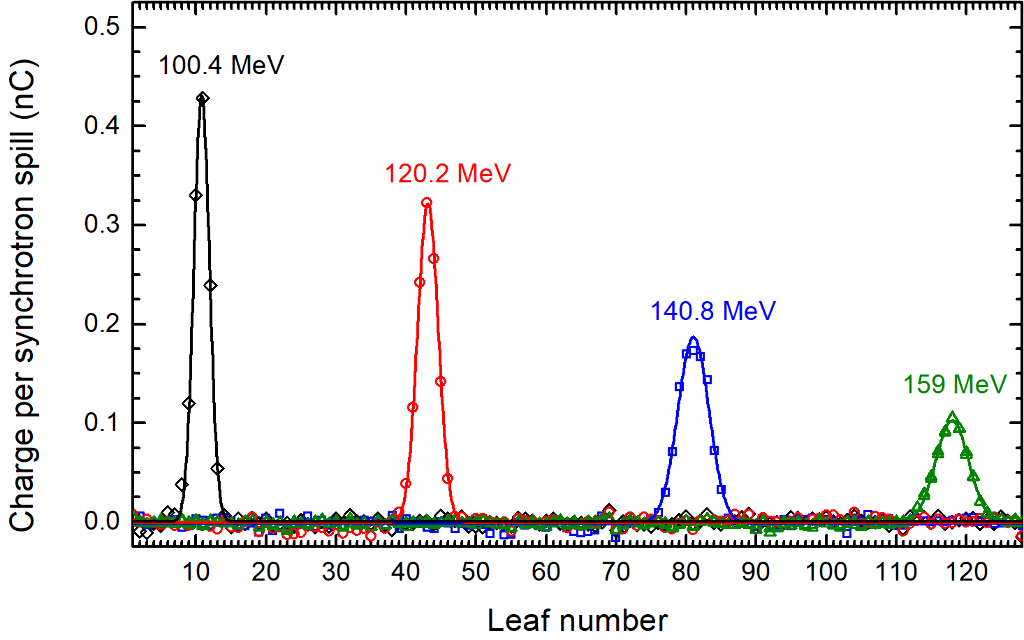Presenter of 2 Presentations
Live Q&A
Introduction
Author Of 4 Presentations
Live Q&A
Introduction
OVERVIEW AND CURRENT STATUS OF THE JOINT RESEARCH PROJECT UHDPULSE - “METROLOGY FOR ADVANCED RADIOTHERAPY USING PARTICLE BEAMS WITH ULTRA-HIGH PULSE DOSE RATES”
Abstract
Background and Aims
Dosimetry for FLASH radiotherapy, VHEE radiotherapy as well as for laser-driven beams cause significant metrological challenges due to the ultra-high dose rates and pulsed structure of these beams, in particular for real time measurements with active dosimeters. It is not possible to simply apply existing Codes of Practice available for dosimetry in conventional external radiotherapy here. However, reliable standardized dosimetry is necessary for accurate comparisons in radiobiological experiments, to compare the efficacy of these new radiotherapy techniques and to enable safe clinical application. UHDpulse aims to develop the metrological tools needed for reliable real-time absorbed dose measurements of electron and proton beams with ultra-high dose rate, ultra-high dose per pulse or ultra-short pulse duration.
Methods
Within UHDpulse, primary and secondary absorbed dose standards and reference dosimetry methods are developed, the responses of available state-of-the-art detector systems are characterised, novel and custom-built active dosimetric systems and beam monitoring systems are designed, and methods for relative dosimetry and for the characterization of stray radiation are investigated.
Results
Prototypes of different active dosimetry systems show promising results for real-time dosimetry for particle beams with ultra-high pulse dose rates. The results of the UHDpulse project will be the input data for future Codes of Practice.
Conclusions
A brief overview of the progress in the UHDpulse project and the involved institutions will be given.
Acknowledgement: This project 18HLT04 UHDpulse has received funding from the EMPIR programme co-financed by the Participating States and from the European Union’s Horizon 2020 research and innovation programme.
MULTI-LEAF FARADAY CUP FOR QUALITY ASSURANCE IN RADIATION THERAPY WITH ELECTRON AND ION BEAMS AT CONVETIONAL AND ULTRA-HIGH DOSE RATE
Abstract
Background and Aims
For quality assurance in radiation therapy with high-energy electrons, protons or carbon ions, the beam energy has to be checked in clinical routine. This test is time-consuming and requires expensive equipment. If the dose rate is varied by orders of magnitude to compare ultra-high dose rate with conventional irradiation, one should be able to measure the energy quick and reliable and independently of the accelerator readouts or manufacturer's specifications. For this purpose, a portable Multi-Leaf Faraday Cup (MLFC) was developed (Fig.1), with a readout electronics whose is not influenced by the dose rate.

Methods
The MLFC was irradiated with protons with energies between 64 – 252 MeV from a synchrotron source. Aluminium disks were placed in front of the MLFC as range shifter. Charge and energy were measured per synchrotron spill (Fig.2). Furthermore, the MLFC was tested in electron beams of conventional and ultra-high dose per pulse.

Results
For monoenergetic electron or proton beams energy differences of 80 keV (0.8%) or 60 keV (0.1%), respectively, can be clearly distinguished.
Conclusions
Due to the measurement principle, which is independent of the dose rate, the MLFC is suitable for quality assurance of charged particle radiation with conventional as well as ultra-high dose rate, for short pulses as well as for continuous radiation. Energy and intensity can be measured quick and reliable.
Acknowledgement: This project 18HLT04 UHDpulse has received funding from the EMPIR programme co-financed by the Participating States and from the European Union’s Horizon 2020 research and innovation programme.


